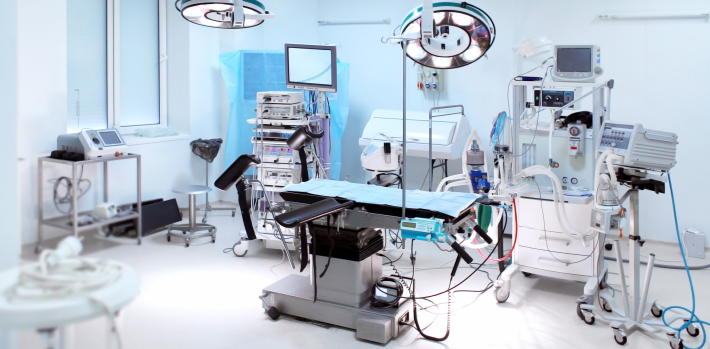YOUR ORTHOPEDIC
DOCTORS
We offer a wide array of surgeries at both our surgery center as well as the operating rooms of the various hospitals that we are partnered with. In fact, we perform multiple surgeries each month. Surgery can be a stressful and painful process, and we are mindful of this at Midwest Bone and Joint Center. We work hard to ensure that our patients are as comfortable and secure as possible. Our highly-trained staff emphasizes sterility, efficiency and professionalism while utilizing the most cutting-edge technology available.
Midwest Bone and Joint Center specializes in arthroscopic surgery on various joints including the shoulder, knee, ankle, elbow, and wrist. We also frequently carry out minimally invasive surgery, such as hip or knee joint replacements. Other procedures we perform include tendon repairs, soft tissue mass excisions, carpal tunnel release, trigger finger release, tennis elbow repair, Achilles tendon repair, and a variety of other operations.


Read about our Surgery Center
This state-of-the-art facility boasts the latest technology, and is also Joint Commission Certified
